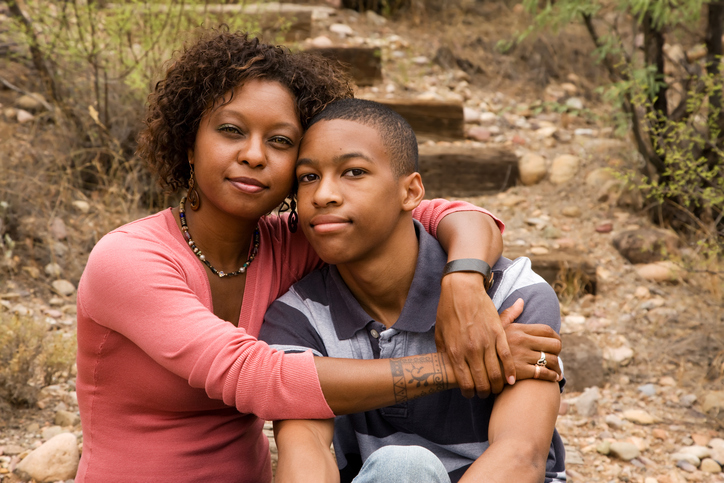 Today, youth bullying has become a major public health issue in America. Bullying, a form of youth violence, is defined as any unwanted aggressive behavior(s) by another youth or group of youths who are not siblings or current dating partners that involves an observed or perceived power imbalance and is repeated multiple times or is highly likely to be repeated.
Today, youth bullying has become a major public health issue in America. Bullying, a form of youth violence, is defined as any unwanted aggressive behavior(s) by another youth or group of youths who are not siblings or current dating partners that involves an observed or perceived power imbalance and is repeated multiple times or is highly likely to be repeated.
Bullying affects everyone—and can result in physical injury, social and emotional distress, poor education outcomes, alcohol and drug use, sexual risk behaviors, and even death for those who are bullied. Youth who bully others are also at increased risk for substance use, academic problems, and violence later in adolescence and adulthood. And those who are bully-victims, i.e., those who bully and get bullied, suffer even greater consequences and risk for both mental health and behavior problems.
Bullying Among High School Students
- Bullying on School Property – 20% of high school students were bullied on school property during the past year.
- Electronically Bullied – 16% of high school students were bullied via e-mail, chat rooms, instant messaging, Web sites, or while texting during the past year.
- Did Not go to School Because of Safety Concerns – 6% of high school students did not attend school at least 1 day during the past month because they felt unsafe at school or on the way to or from school.
- Threatened or Injured with a Weapon during School – 6% of high school students were threatened or injured with a weapon such as, a gun, knife, or club, one or more times on school property during the past year.
Source: 2015 Youth Risk Behavior Survey (YRBS) data
Lesbian, gay, bisexual, transgender, and questioning (LGBTQ) youth and those perceived as LGBTQ are also at an increased risk of being bullied. There are important and unique considerations for strategies to prevent and address bullying of LGBTQ youth. Here are a few:
- Support schools in establishing gay-straight alliances/genders and sexualities alliances (GSAs) and safe and supportive environments for LGBTQ youth
- Link schools to community organizations that provide sexual health services for LGBTQ youth
- Develop resources to help school staff understand the special concerns and needs of LGBTQ youth
CDC and others are working to find solutions to bullying for all young people. Communities, schools, parents, friends all play a role, so it is important to get involved and take action to stop bullying. An important resource is StopBullying.gov, that provides resources on warning signs of bullying, solutions, advice on how to talk to your child, and provide support.
All youth deserve our love and support. When we work together and keep lines of communication open we can help prevent bullying and protect our youth. Find out more at http://www.cdc.gov/Features/prevent-bullying/index.html and get involved today.
Together, we can prevent and stop bullying before it starts!
Related resources:
- Understanding Bullying: http://www.cdc.gov/violenceprevention/pdf/bullying_factsheet.pdf
- The Relationship between Bullying and Suicide: http://www.cdc.gov/violenceprevention/pdf/bullying-suicide-translation-final-a.pdf
- Electronic Aggression: Technology and Youth Violence: http://www.cdc.gov/violenceprevention/youthviolence/electronicaggression/index.html
- Anti-Bullying Policies and Enumeration: An Infobrief for Local Education Agencies: http://www.cdc.gov/healthyyouth/health_and_academics/bullying/anti_bullying_policies_infobrief-basic.htm
- Bullying and Absenteeism: Information for State and Local Education Agencies: http://www.cdc.gov/healthyyouth/health_and_academics/pdf/fs_bullying_absenteeism.pdf







